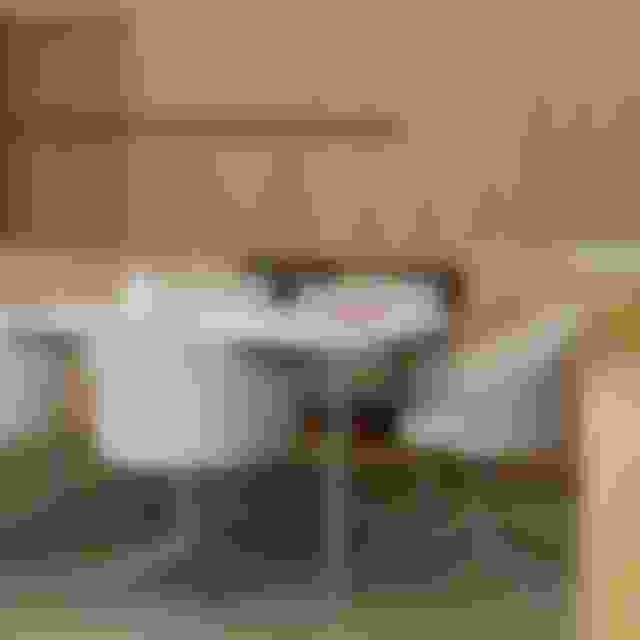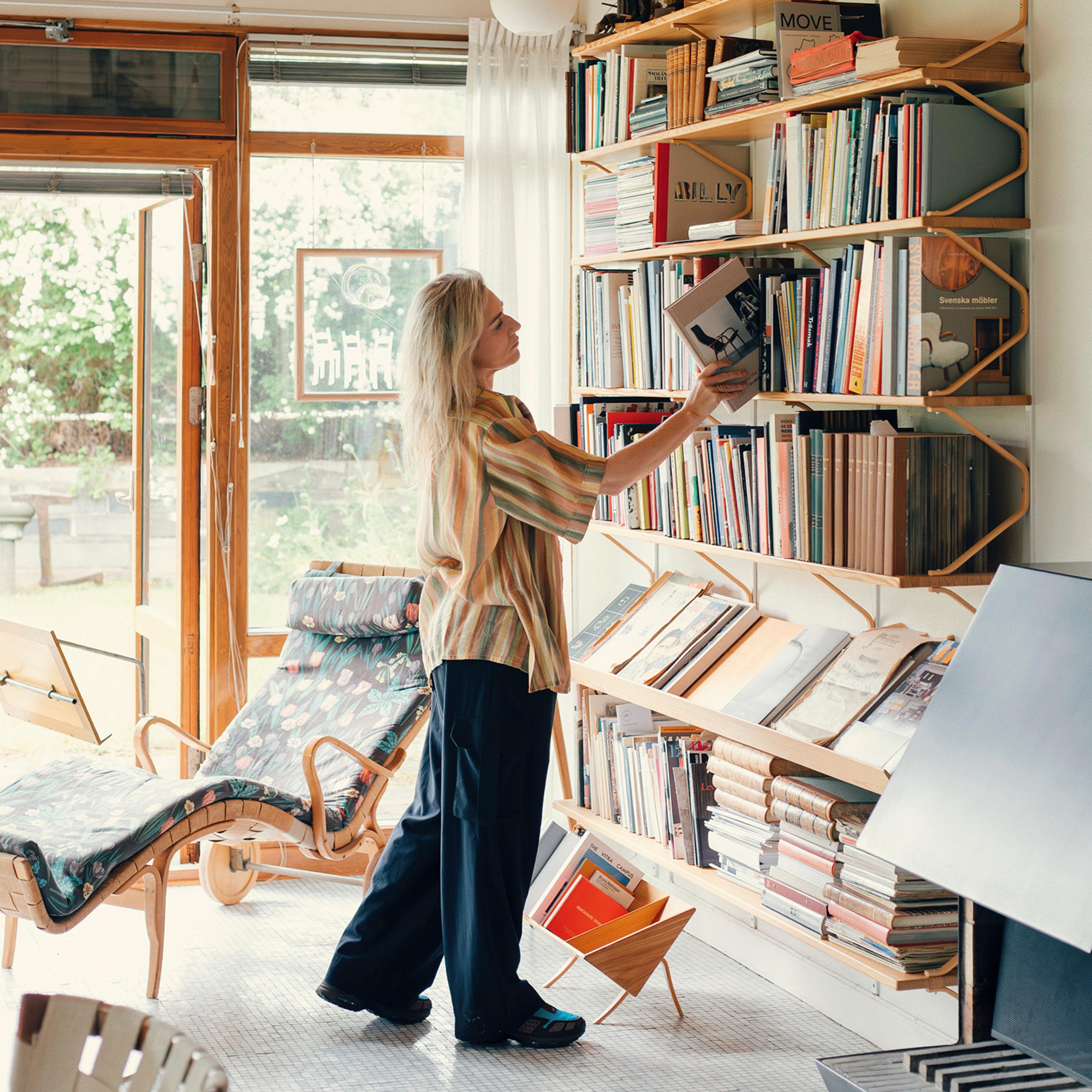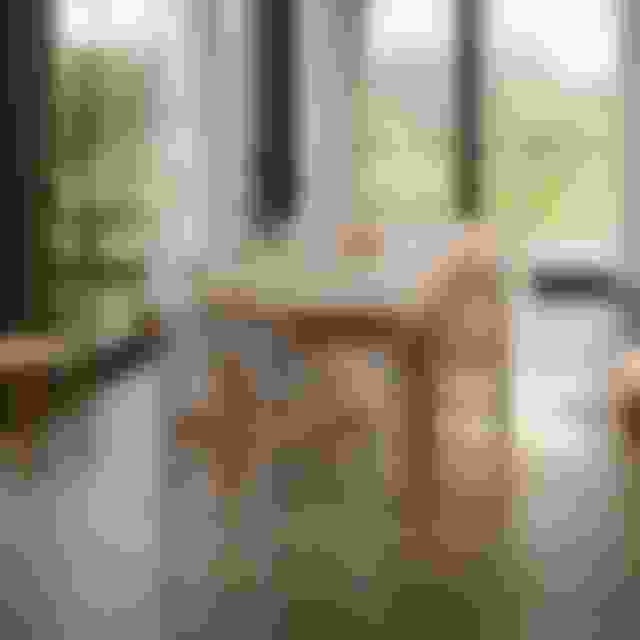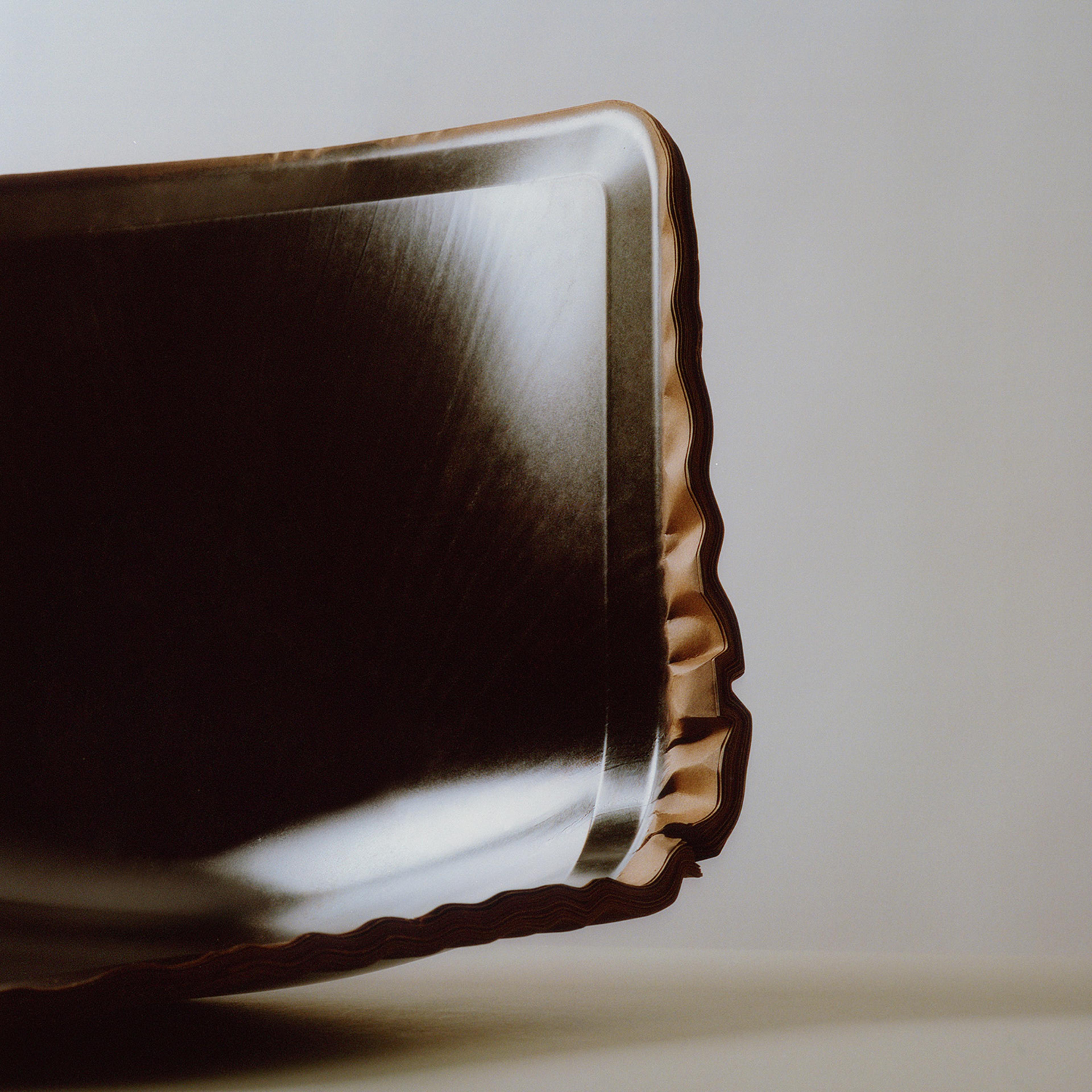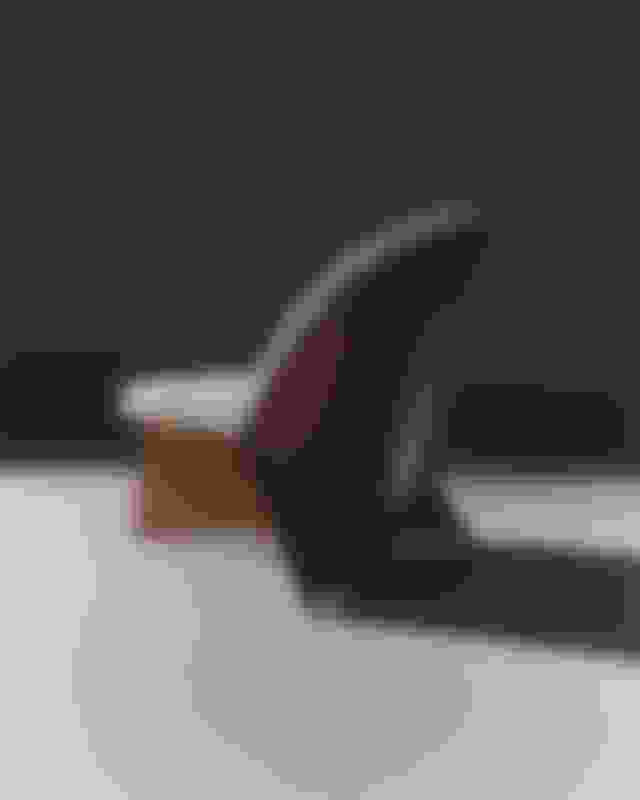Ideas become objects
A conversation with Nanna Ditzel by Henrik Sten Møller, printed in 1994, Designmuseum Danmark.
HENRIK How do you work?
NANNA I spend a lot of time looking at the world around me. I observe things that I accidentally come across, but I also make a point of looking at places and buildings. One of my continuous concerns is to find connections. Although my time is now mostly spent designing furniture, I also design all sorts of other things. I have never been able to understand how people can simply devote themselves to a single field – furniture, for example – and overlook all the other things that surround us.
H What is your direct inspiration?
N I can give you an example. During a visit to Tuscany, I saw the wonderful pillars in Siena and the memory of them stayed with me – their shape, the play of light on them, their texture, the ambience, and the material. The result was the new Kvadrat textiles.
H But I suppose it is not just a matter of having a good idea?
N No, but that is the starting point. Then I prepare what I call a concept. I think about the idea, and I write something down. And while my thoughts begin to take shape on the way to becoming tangible objects, I concentrate on two elements in the process, the intention and analysis. I explore all the possibilities: technical aspects, material, shape, function and – something which is very important to me – the human content. After all, the products of my work are going to be used by people.


“ When I begin work on a new chair, everything is possible; everything is allowed. It’s a challenge. ”
Nanna Ditzel
H What is the first, purely practical step?
N That is to synthesise the analysis. When I have that synthesis, my sole objective is to challenge its validity. To try to reach even further. That is my dream. That is the point at which I set pencil to paper. I spend many days drawing and making notes. I date my drawings, and when everything looks as though it is coming together, I start making models.
H The motivation is inside you?
N Not always. The task is either commissioned, or I decide to undertake it on my own initiative. Both ways work well. The task could, for example, be a new textile design. If so, I am prepared for it. My senses and curiosity are activated. I explore surfaces and material effects, light and shade. And in this way, the Siena pillars become new textiles. It is not simply a copying process. The theme has a content which I admire – and wish to develop further. It has meaning for me because I have seen something in it. Something I can use.


H You have been fascinated by butterflies for many years…
N I have studied them – observed their grace and lightness, their colours and structure, their wonderful floating shapes. They have qualities that I wish to reflect on my furniture. The lightness, the feeling of floating.
H When I first saw your light, floating chairs – the shells – which grace the space occupied like butterflies on a beautiful summer day, I immediately thought of Liselund, the mansion on the island of Møn, where there is floating furniture which blends effortlessly with the marvellous wall decorations, giving the rooms poetry all their own. Was Liselund your inspiration?
N It is a very inspirational place, but I haven’t thought about it in connection with my work in designing furniture. I guess my present designs are an expression of my need to change course. As you may remember, I received my education and grew up in a period in which the only standard applied was function. If the functional requirement was satisfied, everything was fine. Of course, the design must function well, but over the years, I have developed a strong feeling that there is more to every object. To be sure, a chair is for sitting in, but it also expresses age, eroticism, essence, human feelings, and dreams. While functionality must naturally be preserved, for me, chairs have increasingly become attempts to meet the challenge thrown down by all these other elements.
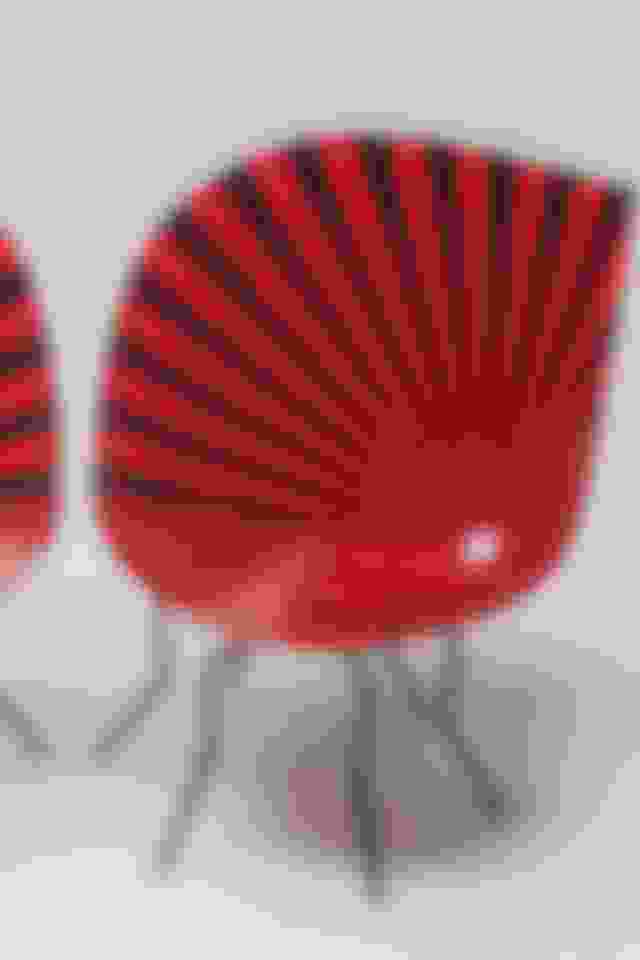

H And is your dream to give furniture this floating quality?
N One day, my grandson told me, “You always buy toys that can fly.” And he was right. I love everything that flies – gliders, kites, butterflies, birds. They express freedom. I cultivate the floating shape in the hope of achieving the effect that I want. But that is precisely what I cannot achieve because of gravity. And the world would probably be a remarkably disordered place if things did not fall back to it as they should! When I was young and newly married, I thought a lot about the need to keep things clean and tidy. One day, I went for a walk in the woods and saw the leaves falling from the trees. A little later, they had disappeared – an ideal arrangement.
H Much of your work not only encapsulates lightness – it has volume too…
N Things have to say what they are. They can certainly provoke surprise, but they must be trustworthy as well. That is an important element in the selection process. The purpose of a chair, after all, is to be sat in. In your criticism, you often have accused us of devoting too much time to designing chairs. But the chair is the most exciting item of furniture. We use cupboards to maintain order. We put things in them. They look after the things we need. But chairs look after people, and that is a quite different purpose. So, it is very important to take into account the way a chair’s appearance combines with the person who sits in it. Some chairs look like crutches. And I don’t like them at
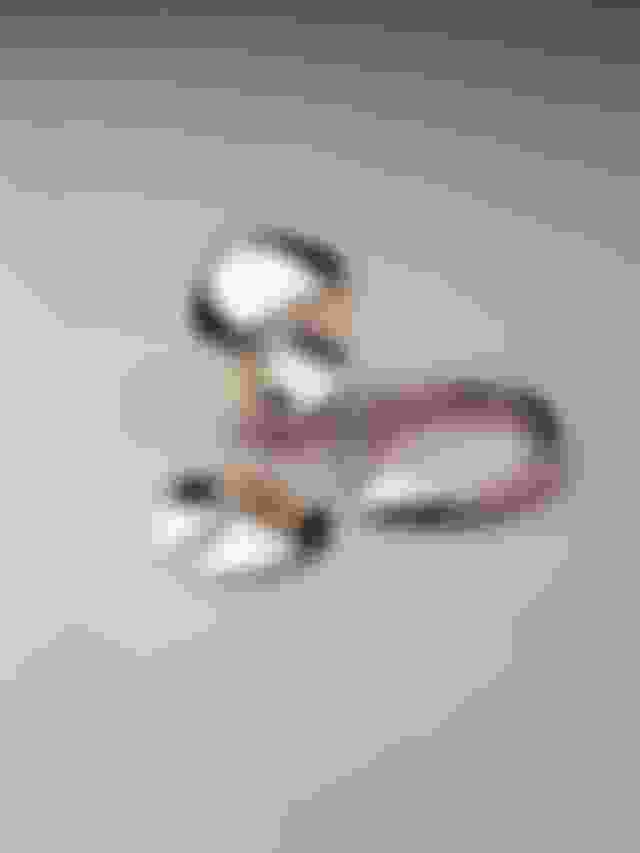




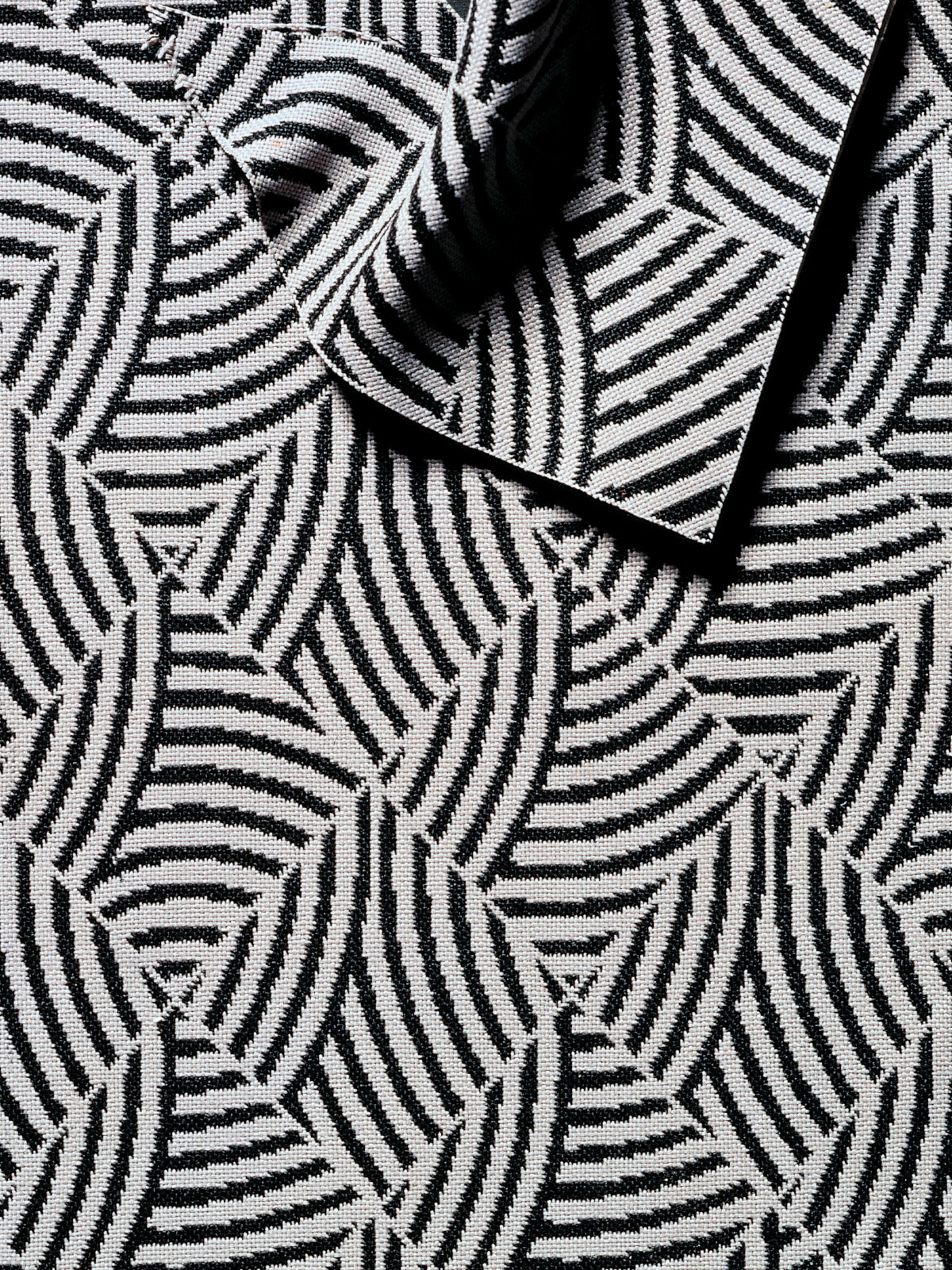
H Do chairs inspire you?
N No. Established designs are not transformed into new furniture in my studio because they are already firmly linked to a particular structural concept and specific elements. When I begin work on a new chair, everything is possible; everything is allowed. It’s a challenge. Being tied to a concept which has already been partly developed is not so exciting. There is a poetic strength which means a lot to me. Just imagine – you can sit down with paper and pencil and create something that has never been seen before. The same holds true for writing. But we didn’t learn about poetry as a student with Kaare Klint.
H While we were all gripped by the exciting action in Charles Dickens’s novels, Christian Elling described how Nicholas Nickleby, David Copperfield, Oliver Twist and all the rest lived – in their physical surroundings. He was able to work it all out from the text. Have you found direct inspiration in literature?
N No. I am very much a visual observer. I experience shapes and colours directly. I find it more challenging to use the things I read. But it’s strange that you mention Dickens because he has inspired me. As a child, I went to the theatre and saw “Oliver Twist”. With its unknown thieves’ loft, they lived in a space with many different levels. It was the first fantastic room I saw in my life, and I became obsessed with the idea of creating a space in which people could sit on many different levels. It was an idea I developed further as an adult designer – first with a stepped room in 1952. But, as a girl, I also saw Hans Christian Andersen’s story “The Tinder Box”, with its treasure chest full of jewels. I went home and made jewels of every material I could get my hands on – and I have been designing jewellery ever since.
H What is it that keeps you working?
N The same things prompted me to start in the first place. Curiosity. The opportunity to put something together in new ways. The wish to see what will happen. An appetite for change.
Keep exploring
Dive into our universe of stories about Nanna Ditzel's life, her designs and the people who knew her.
1 of 4
